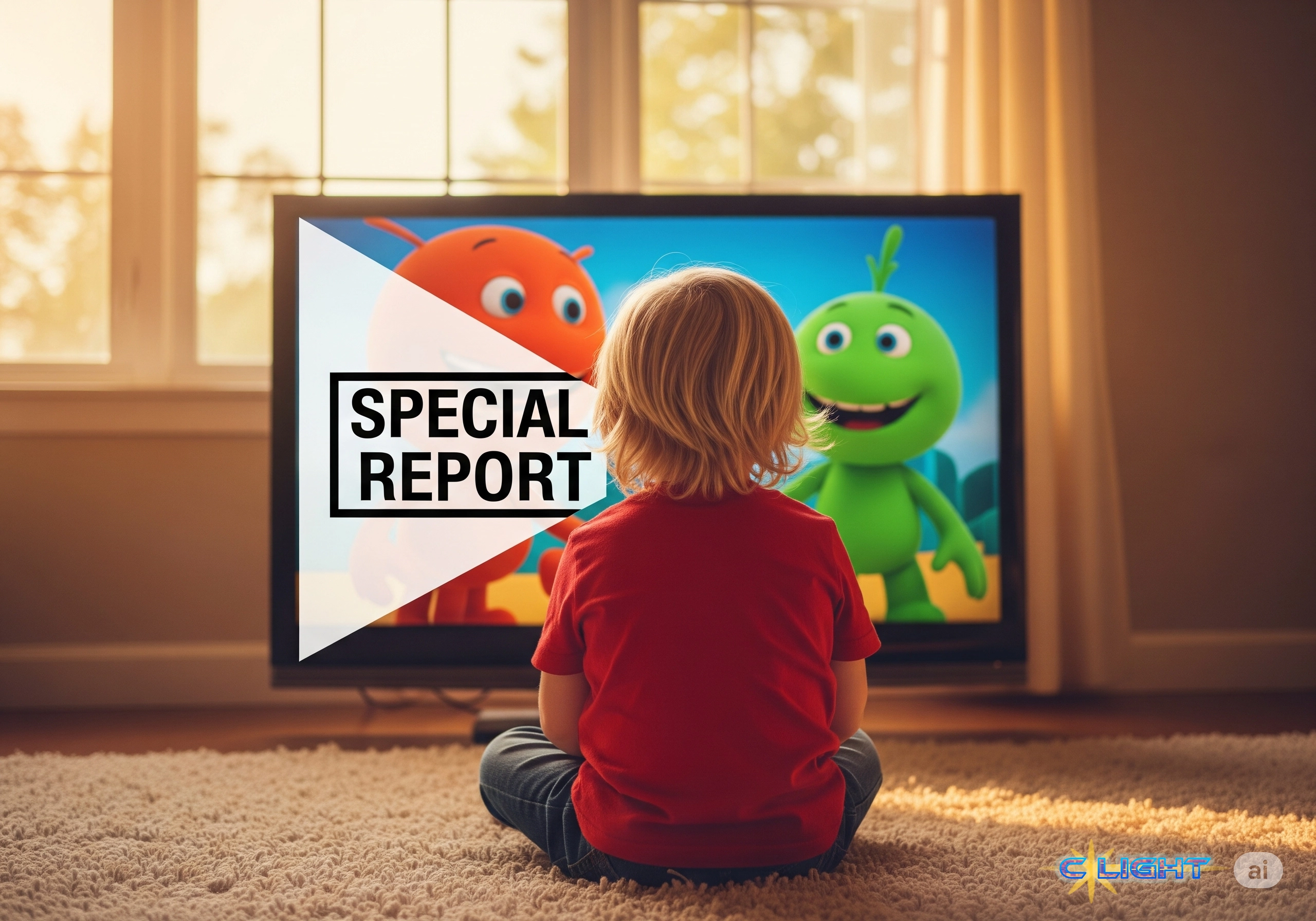My eldest son spent his first five years primarily with me. The world was such that I could take him almost anywhere, and our life settled into a comfortable rhythm. I remember the grandmothers in our apartment building who would happily entertain the cute little guy while I took care of some business, and my bemusement when the young staff in the front office, confronted with a cloth diaper for the first time, had to find someone in the bookkeeping department old enough to understand the mechanics of pins and folds. It was a safe, warm, and contained world we had built.
Then came the morning of April 19, 1995. We were in the living room, sharing a banana and watching children’s programming when the cartoon was abruptly replaced by a news bulletin: the Alfred P. Murrah Federal Building in Oklahoma City had been bombed. The shock was immediate and visceral. That was hitting too close to home. I knew that building. I had waved at the children in that daycare. I had eaten meals in the restaurant across the street. The news shook me hard. But as my own world tilted on its axis, I was faced with a more immediate problem. My four-year-old son, sitting next to me, was not scared. He was curious. He was hearing new, powerful words he didn’t understand—”bombing,” “terrorism,” “war”—and he looked to me for answers. In that moment of my own weakness, my preschooler needed me to be Dad, to suck it up, and to help him understand what was going on.
This week, parents across the country faced a similar, if far less violent, moment of intrusion. The morning news was on, and the President of the United States, in a moment of unguarded frustration, used a profane “no-no word” that slipped past the network censors and into millions of living rooms. And in those living rooms, countless four-year-olds, who still believe that everyone is a potential friend, looked up at their parents with the same innocent curiosity my son had all those years ago. The catalyst was different, but the parental duty was identical: be the calm anchor in a confusing world.
These moments, when the chaos of the adult world shatters the peace of childhood, are a fundamental test of being a parent. They demand that we translate the inexplicable into the understandable, and in doing so, we must be guided by a few core principles.

The first and most important lesson is this: Be honest, even when it hurts. Our immediate instinct, when faced with a child’s question about a difficult topic, is often to deflect or even lie, to shield them not from the truth, but from our own discomfort in explaining it. This is a mistake. As child psychologists consistently advise, a child’s primary need in a moment of confusion or fear is to know that their parent is a reliable source of truth and safety. A simple, honest, age-appropriate truth, delivered with calm reassurance, builds a foundation of trust that is far more protective than any lie. A lie, when inevitably discovered, does not just teach a child about the bad thing that happened; it teaches them that their parent cannot be trusted, which is a far more terrifying lesson.
From that foundation of honesty flows the second lesson: Answer the question they are asking, not the fear you are feeling. My son, on that terrible morning in 1995, did not ask, “Am I going to die?” He asked, “What’s a bomb?” He was a scientist seeking data, not yet a citizen consumed by dread. The most effective response is to calmly and simply answer the direct question. “A bomb is something that breaks buildings. It was a very bad thing that happened, but it was far away, and you are safe here with me.” This simple act defuses the power of the scary new word by defining it. It addresses the child’s intellectual need, which must be met before their emotional need for reassurance can be addressed. The same holds true for a profane word from the television: “That is a grown-up word that can hurt people’s feelings.” The definition is simple, honest, and free of the parents’ own shock or anger.

This leads to the third lesson: Keep it simple, safe, and value-based. You cannot explain the geopolitical complexities of terrorism to a four-year-old, nor can you explain the nuances of political discourse and broadcast standards. You should not try. The goal is to take a complex, scary event and use it to reinforce a simple, safe, family value. After defining the difficult word, the explanation must immediately pivot back to the child’s own secure world. For the bombing, the key value is safety: “…but you are safe here with me.” For the profanity, the key value is kindness: “…and we don’t use it in our family, because our rule is to be kind.” The message is not about the chaotic world outside; it is about the stable, loving world inside your home.
Ultimately, we cannot control the world. We cannot prevent every tragedy, and we certainly cannot sanitize the public discourse of every political leader. To try to do so would be an exercise in futility. The job of a parent is not to build an impenetrable wall around a child, but to be the gatekeeper who knows how to interpret the intrusions that inevitably slip through. Whether the news is a national tragedy that chills you to the bone or a moment of public coarseness that makes you cringe, the job is the same. It is the job of being”Mom” or “Dad.” It is the job of turning off the television, looking your child in the eye, and using your voice to make them feel safe, loved, and secure in the values of their own home.
Discover more from Clight Morning Analysis
Subscribe to get the latest posts sent to your email.










